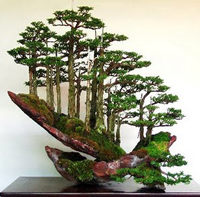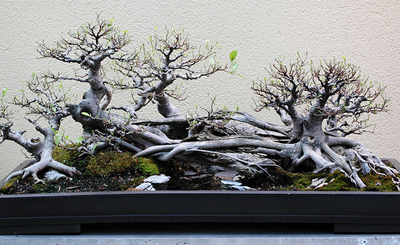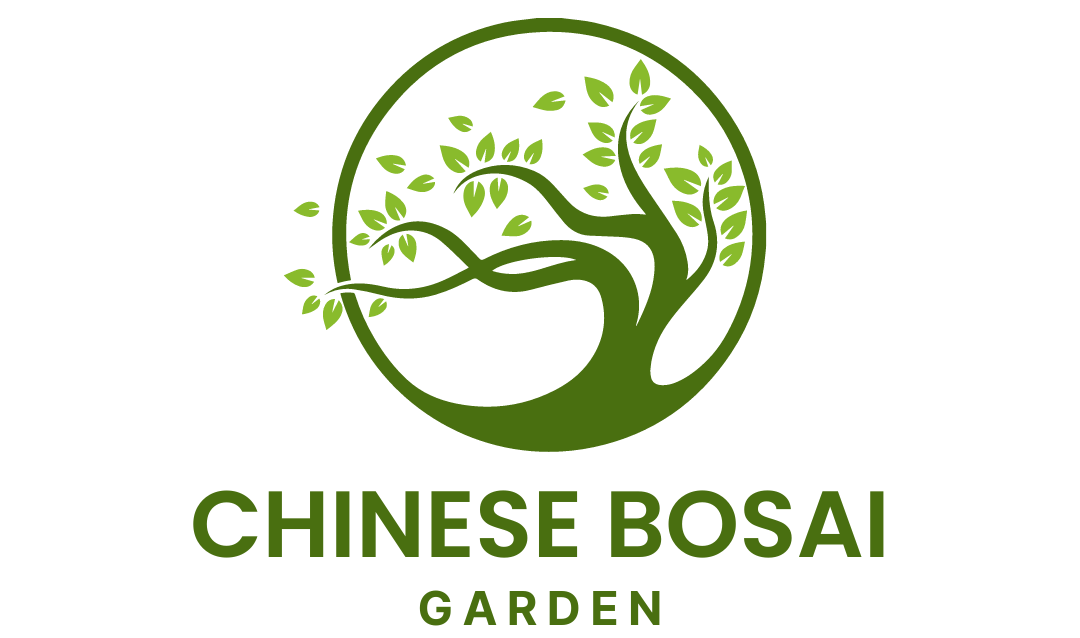
The Chinese Bonsai, known as Penjing, was created in China a thousand years ago and got to Japan during the period of Zen Buddhism around 1195.
Once it was introduced to Japan, bonsai art began to develop in its own way.
At first, only the aristocrats of Japan had access to this kind of art. It was a symbol of prestige and honor. But as time went by Chinese bonsai got very popular and was introduced to the public.
Simple bonsai art was refined by Japanese artists, who created a set of rules and shapes. Because Japanese bonsai art was born from Chinese bonsai they both have a lot of similarity that makes it sometimes quite difficult to distinguish.
In comparison to Japanese bonsai, Chinese bonsai is not only about miniature trees or groups of trees. A big part of the Chinese bonsai is reserved for the creation of miniature scenes using various natural elements like rocks, stone, and water. You can find a landscape design that doesn’t use any trees and consists only of rocks.
There are other differences too. It is not unusual to see little clay miniatures being used in the Chinese bonsai landscape scene. In Japanese bonsai miniatures are thought of as a distraction from the tree. Japanese artists usually try to create a perfect representation of the tree, whereas, in Chinese bonsai, a realistic representation of a tree is not always the goal.
Both styles will give you different feelings. Here are images of Japanese bonsai, a tree with pink flowers, and Chinese bonsai, the composition of the forest.
When you look at Japanese bonsai, you get a feeling of peace and harmony. You notice that bonsai artists spend a lot of time trying to make a perfectly shaped tree that is beautifully designed.
Now, take a look at the Chinese bonsai composition. It has a surprising effect, that inspires you to create something amazing, something unusual that hasn’t been done before. It gives you a feeling of mystery and magic. It is all about dynamic shapes and movement. This is a great example of true Penjing art.

One of the main differences is that Japanese bonsai has strict rules and styles, while Chinese bonsai is more about inner beauty. Japanese bonsai artists are always trying to reach perfection by making their trees look like neat miniature copies of the bigger trees. It makes Japanese cute design very predictable.
I’ve been a bonsai enthusiast for a while, but discovering Chinese Bonsai absolutely blew me away. I was amazed at how much freedom Chinese bonsai gives you. Chinese bonsai is full of contrasts and dramatic forms that resolve in a dynamic balance.
I hope my explanations made sense and now you have a better understanding of Chinese Bonsai.
